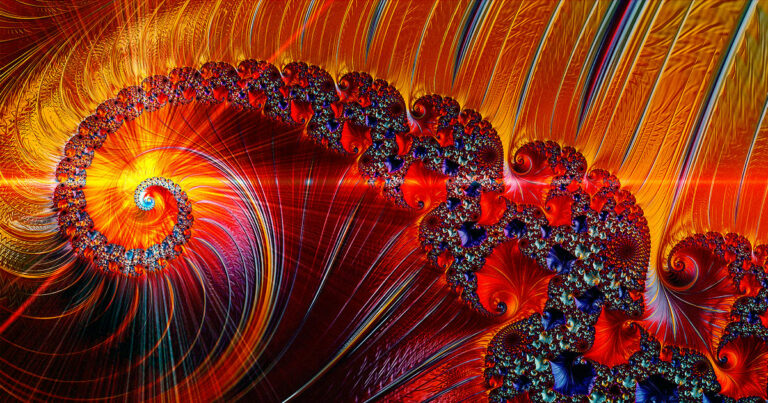AFTER FEEDING THE FIBONACCI SEQUENCE TO A QUANTUM COMPUTER, SCIENTISTS NOTICED A STRANGE EVENT.
“YOU CAN HAVE THE SYSTEM BEHAVE AS IF THERE ARE TWO DISTINCT DIRECTIONS OF TIME.”
Future of Computing
According to a research published in Nature earlier this year, physicists used a laser pulse sequence to simulate the Fibonacci sequence and ended up producing a new phase of matter in the process.
They claim that compared to the techniques now in use, the newly discovered phase of matter is exceptionally strong at storing information.
Since maintaining qubits in their quantum states is a risky undertaking with existing technology, it’s a potentially huge advancement that might make quantum computers much more dependable.
Qubit Quandary
In the world of quantum computing, a one or a zero is stored as a qubit rather than as an ordinary bit. A qubit is unique in that it may be both a one and a zero at once, possibly enabling quantum computers to quickly finish significantly more complicated computations that take classical computers orders of magnitude longer.
There is still a long way to go before quantum computers can dependably reach that type of speed or be useful in daily life. For starters, the qubits need an environment that is carefully regulated since even a small change in temperature might cause the qubits to lose their quantum states and their information.
A normal qubit at either end of a row of 10 atoms in the experiment maintained its quantum state for 1.5 seconds. The qubits lasted a stunning 5.5 seconds when scientists bombarded those atoms with a laser pulse timed to the Fibonacci numbers, a series of integers where each number is the sum of the two preceding ones.
And scientists assert that time itself is a factor in why this happens.
The system can behave as if there are two distinct directions of time by using quasi-periodic sequences based on the Fibonacci pattern, the study’s lead author Philip Dumistrescu, a research fellow at the Flatiron Institute’s Center for Computational Quantum Physics, told Gizmodo in a recent interview.
Erasing Errors
The Fibonacci numbers, yet, why? According to scientists, laser pulses that are fired in the Fibonacci sequence essentially behave as a type of quasicrystal, a structure of matter that follows a pattern but is not periodic.
To put it another way, orderly but not repetitive.
In a news release, Dumistrescu explained, “With this quasi-periodic pattern, there is a sophisticated evolution that balances out all the faults that exist on the edge.” As a result, the edge maintains quantum-mechanical coherence for a lot longer than you might anticipate.
Do not forget to share your opinion with us to provide you with the best posts !




0 Comments